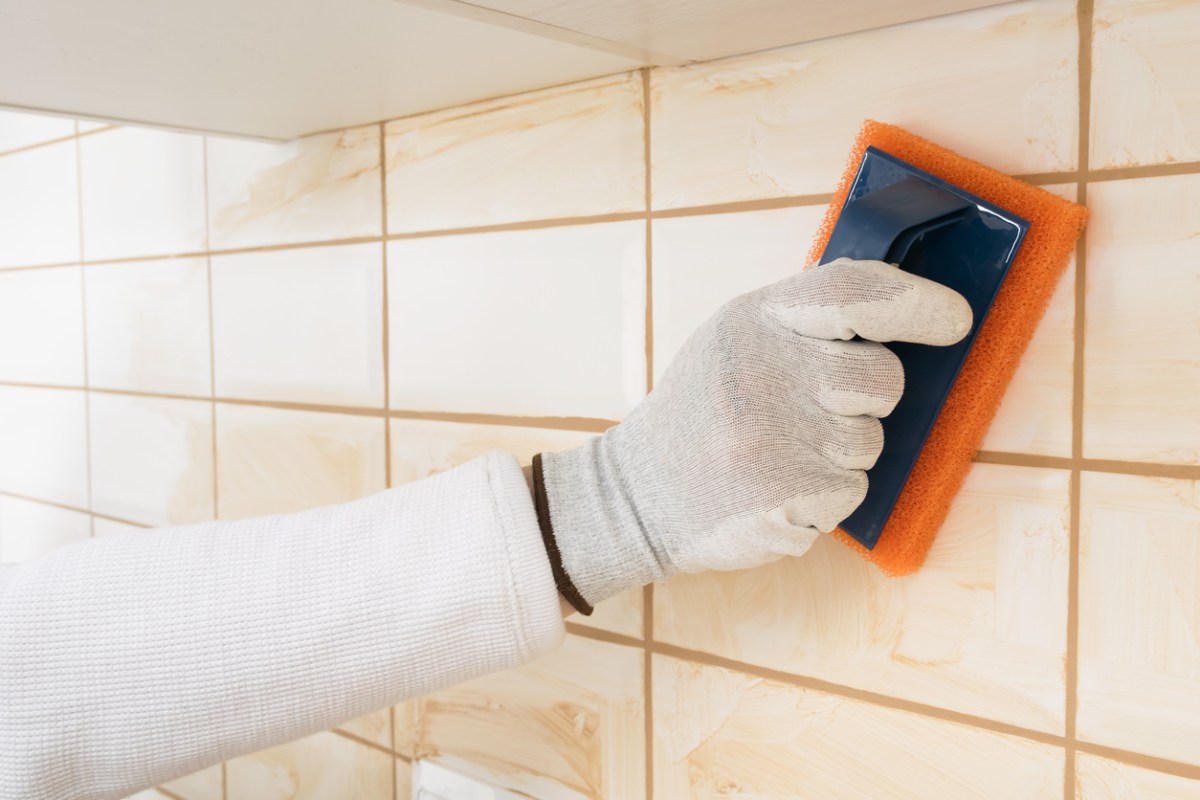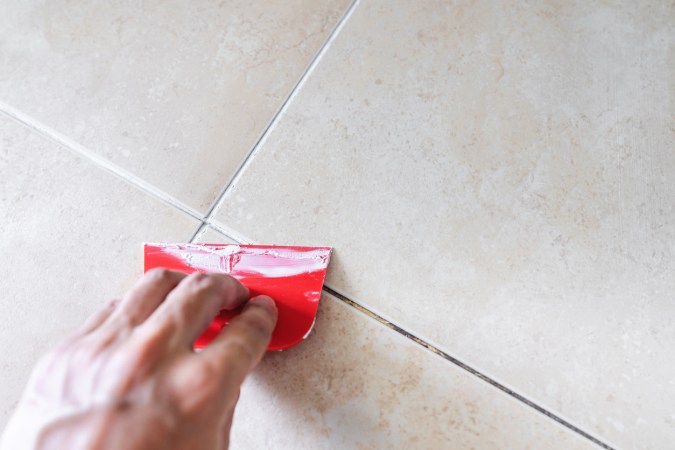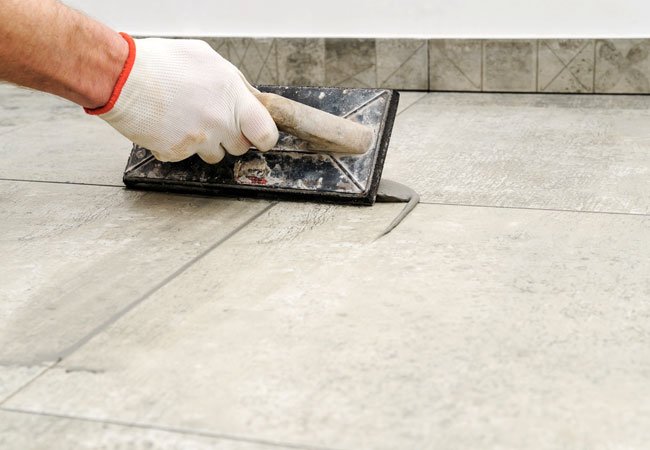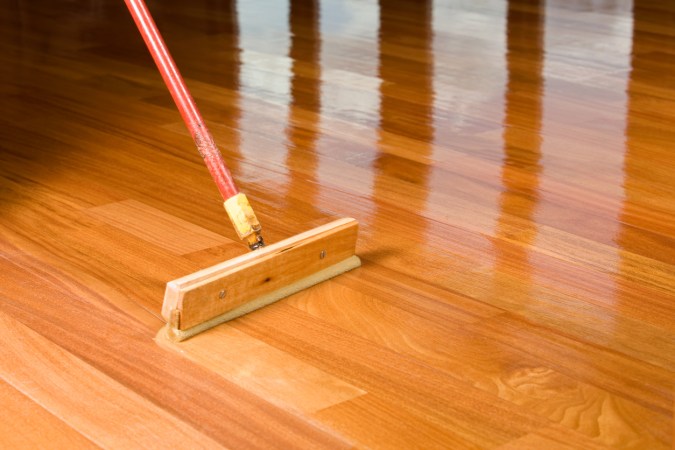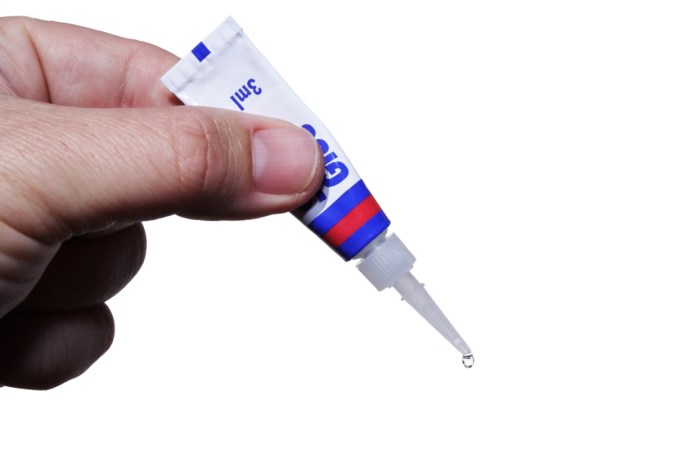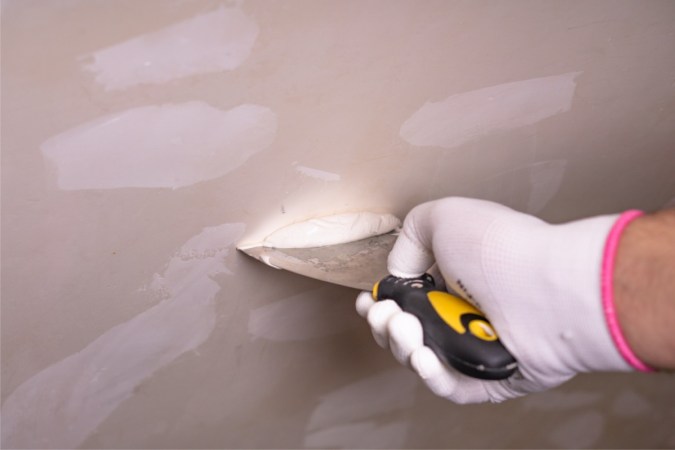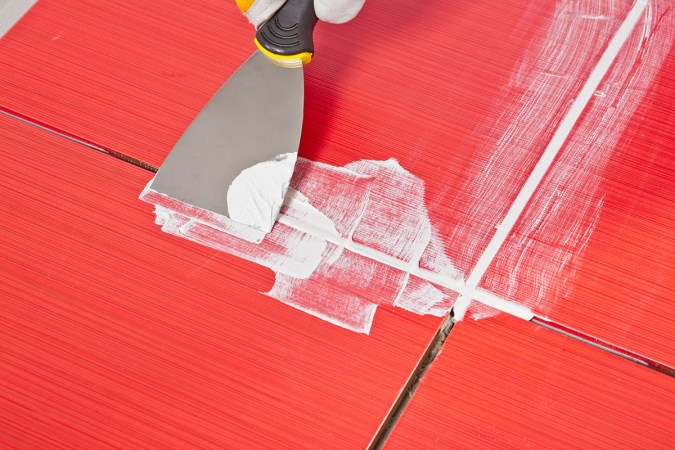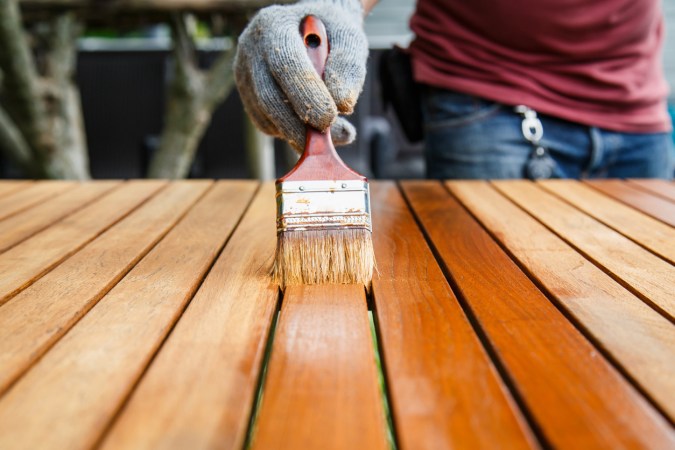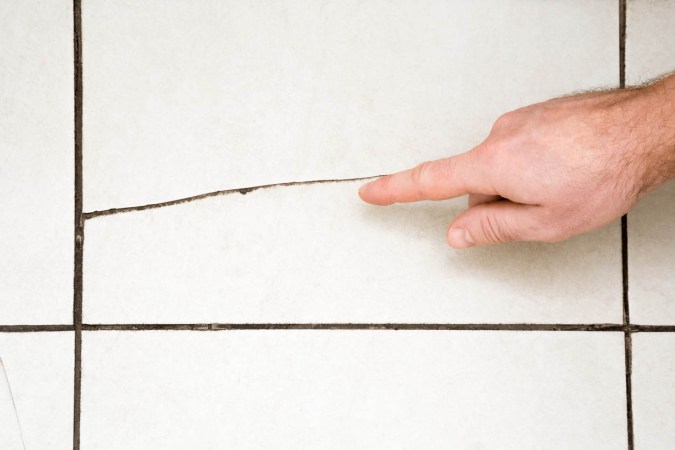We may earn revenue from the products available on this page and participate in affiliate programs. Learn More ›
Q: The grout in my shower is cracking, so I’ve decided to remove it and apply new grout. I’m not sure how long I should leave the grout to dry before being able to use the shower again. How long does grout take to dry?
A: Replacing the cracked grout in your shower is a smart decision. Cracked grout leaves an opening for water to get behind tile, which can cause damage and lead to mold or mildew growth. Just as important as grouting tile, though, is letting the grout fully dry and cure.
Walking on a tiled floor with grout that hasn’t fully dried can shift the tiles and disturb the grout, impacting the floor’s overall appearance and structural integrity. Grout that hasn’t dried properly or gets wet before it cures may also allow water to seep into the gaps and behind tiles. Plus, if grout isn’t given sufficient time to cure before sealing it, it may flake or peel.
RELATED: The Best Grout Cleaners Tested
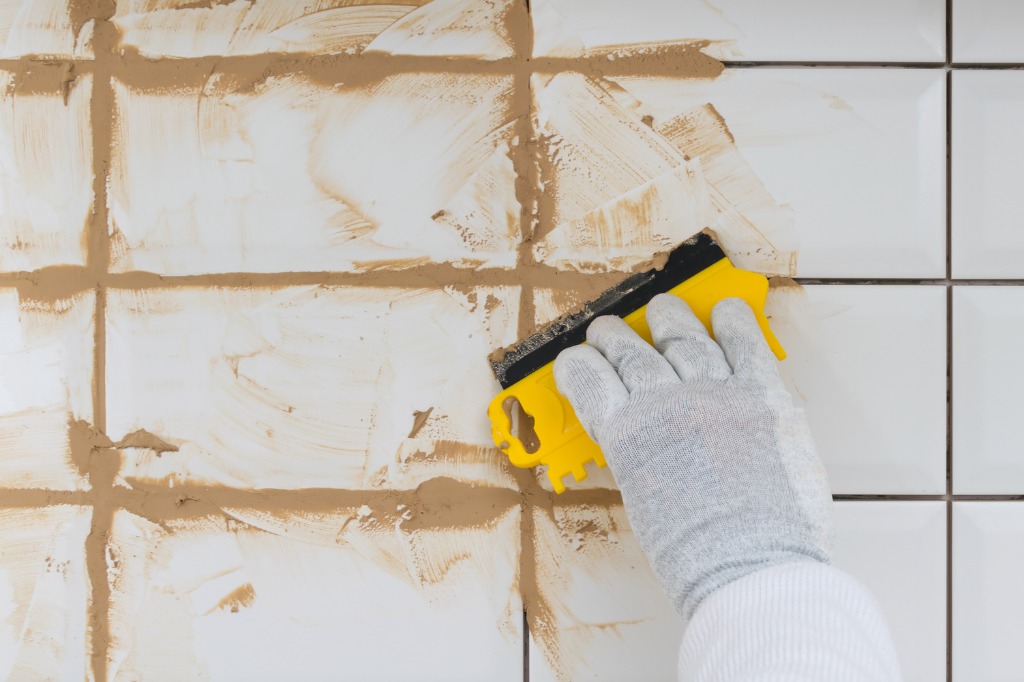
First, understand the difference between setting, drying, and curing.
While setting, drying, and curing are all related, each of these terms has a unique meaning that is important to understand before working with grout.
- Setting refers to getting grout in place and applied between tiles.
- Drying is the amount of time grout takes to feel dry to the touch.
- Curing is the molecular change that occurs in grout, resulting in a strong adhesive bond.
When working with grout, feeling dry to the touch isn’t enough. You need to wait for the grout to cure. While curing, water bonds with the cement in what’s known as the hydration process. During hydration, calcium silica hydrate crystals grow and wrap themselves around one another and sand in the grout.
The grout curing process leads to a durable, well-bonded structure. Part of the curing process begins when the substance rests for 10 minutes after mixing the grout and before applying it over tile, so it’s best used after mixing rather than later in the day or when it’s been left out overnight.
Dry times vary among different types of grout.
If you’re wondering when you’ll be able to take a shower after grouting the tile in your bathtub or shower, there is no set answer. The type of grout being used impacts how long it will take to cure. Two of the main types you’ll find are epoxy grout and cementitious grout. Cementitious grout is further classified into two categories: sanded and unsanded grout.
The answer to, “How long to leave grout before wiping?” is the same regardless of whether you use epoxy or cementitious grout. The grout should only set for 15 to 30 minutes before using a wet sponge to remove excess grout. However, cure times for each of these types of grout varies. Below, you’ll find more information about each type of grout and how long it typically takes to dry. However, it is always a good idea to check the package instructions for the most reliable information about a specific grout.
- Sanded grout, a type of cementitious grout, often takes up to 72 hours to fully cure. This longer length of time may not seem ideal. However, because it takes longer to harden, sanded grout can be a bit easier to work with, especially when removing excess from the tops of tiles. Be sure to apply a penetrating sealer when using sanded grout in a bathroom.
- Unsanded grout is the other type of cementitious grout. And, like sanded grout, unsanded grout typically takes up to a full 72 hours to cure. You’ll also need to apply a penetrating sealer when using unsanded grout in a bathroom.
- Epoxy grout, made by combining a hardener with epoxy resin, takes just 24 hours to cure. If you’re looking for a fast-drying grout, you may want to consider epoxy grout. Moreover, because it is already waterproof, it doesn’t require a grout sealer.
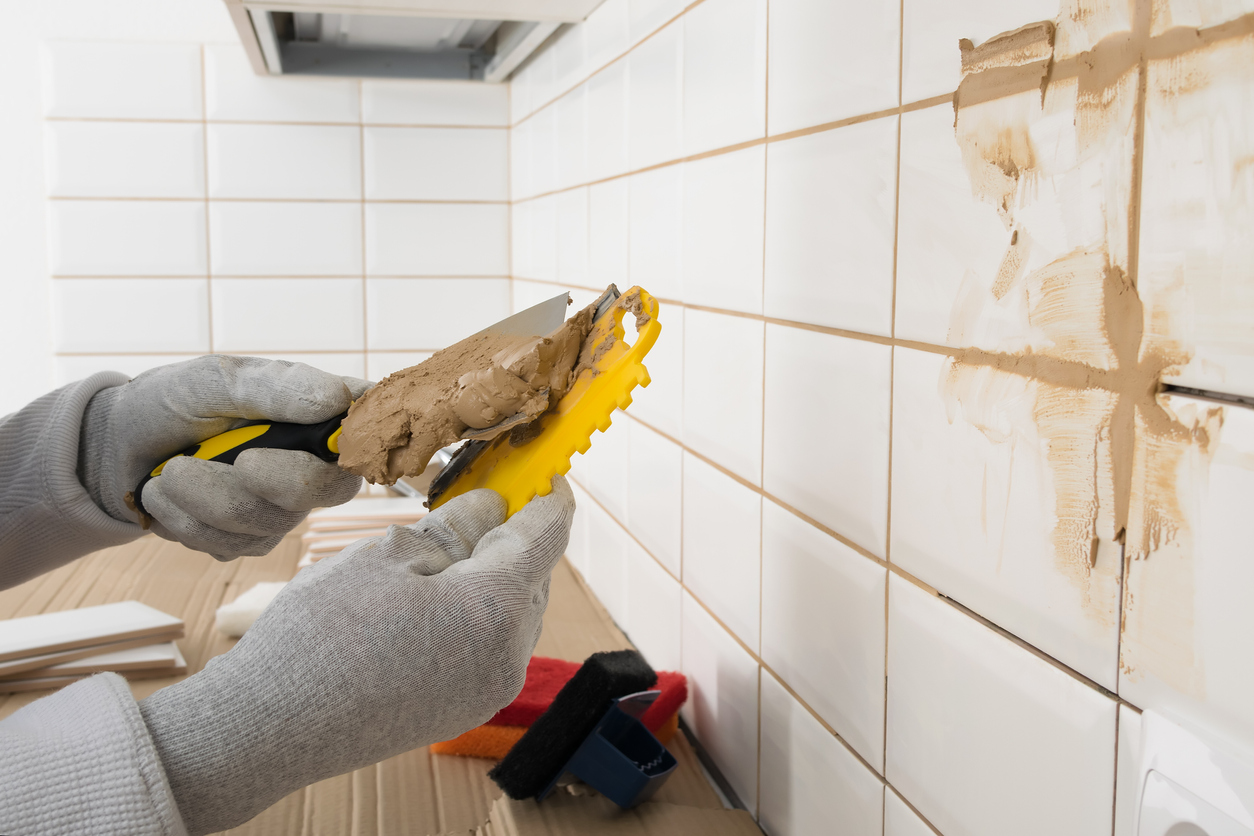
Ambient conditions can play a role in grout dry time.
The type of grout you choose is only one of the factors that will impact overall drying time. The room’s humidity and temperature also contribute to how long it will take tile grouting to dry. Ceramic tile grout in bathrooms with higher levels of humidity will take longer to dry than the grout in a bathroom with lower humidity levels.
Similarly, room temperature also plays a role in determining the overall dry and cure time for new grout or grout repairs. With humidity levels being equal, grout will generally dry faster in a warm room than it will in a cold room. Because it’s much more difficult to control outdoor conditions than indoor temperature and humidity levels, an exterior grout project will likely take longer to dry than it would for an interior project.
Decreasing humidity can only go so far in speeding up the drying process.
When you’re searching for ideas on how to speed up grout drying time, lowering the room’s humidity level can help. Removing any indoor plants and using a dehumidifier will decrease the moisture in the air, which can lower grout drying time. However, don’t expect to see a drastic difference.
The best advice when waiting for grout to dry and cure is to be patient. You don’t want to rush the process and end up not giving the grout sufficient time to cure. Doing so could ruin your project.
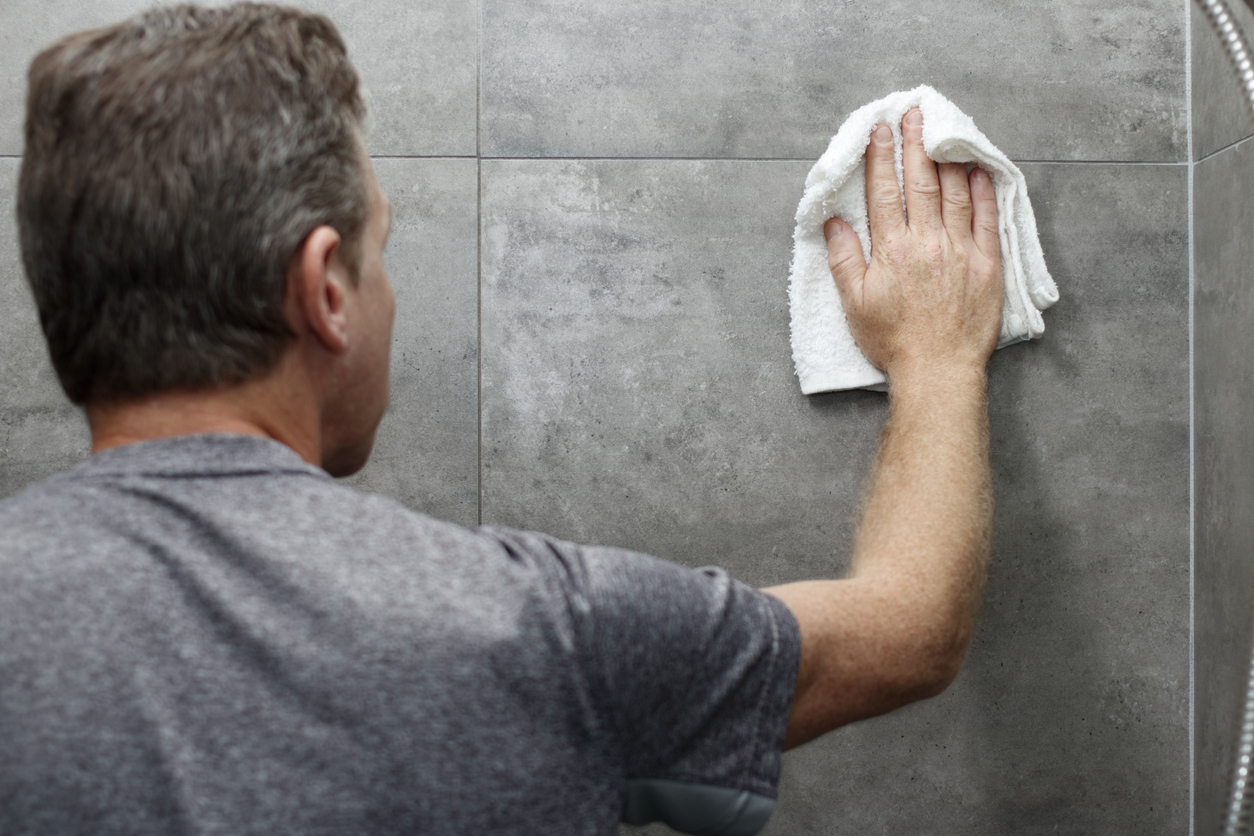
Don’t forget the grout sealer.
In most cases, you’ll also need to apply a sealer over wall and floor tile grout. That raises another question, though: How long should grout dry before sealing? It should be given the time needed to fully cure. If a sealer is applied too soon, it can peel off and leave the grout susceptible to water damage.
Once the grout sealer is applied, give it sufficient time to dry. While the sealer may feel dry to the touch after just 2 hours, it can take up to 72 hours for it to fully cure. Avoid using the shower, walking over the tile, or cleaning grout—even with an approved grout cleaner—until the sealer has fully cured. Always consult the manufacturer’s recommendations for more exact dry times for the sealer you plan to use.
RELATED: How to Seal Grout

